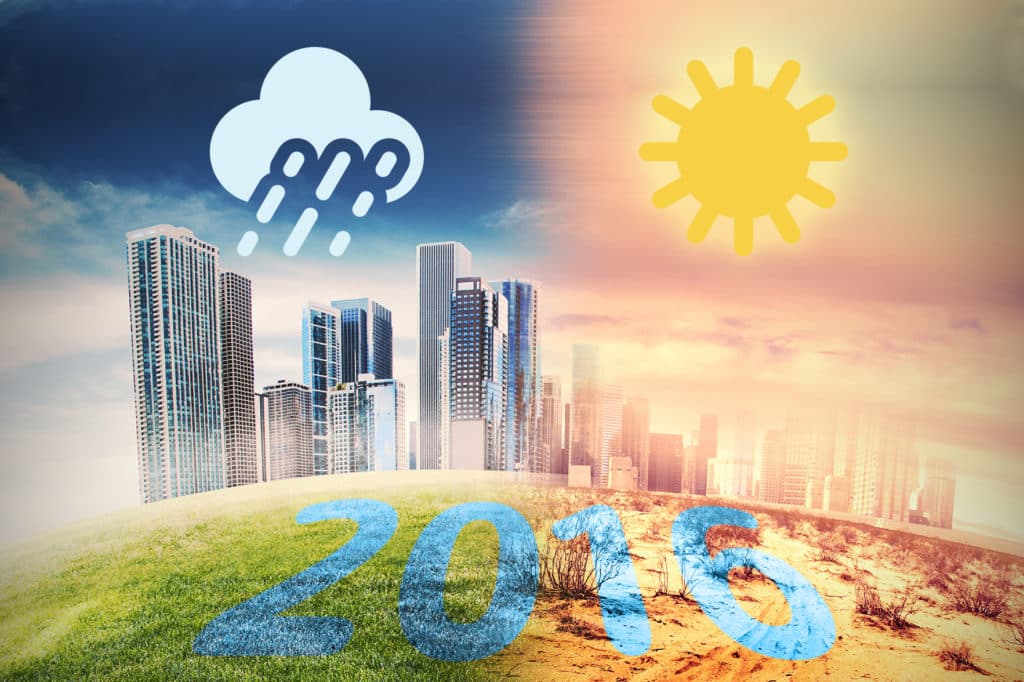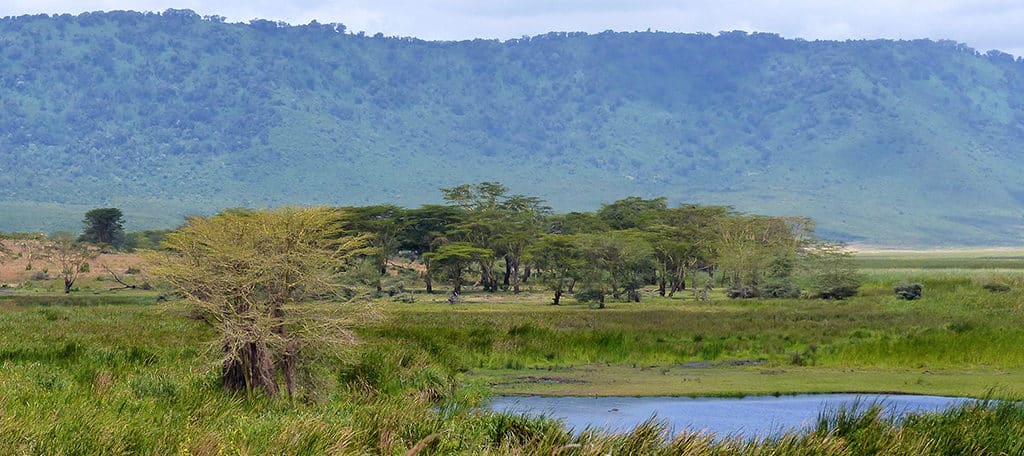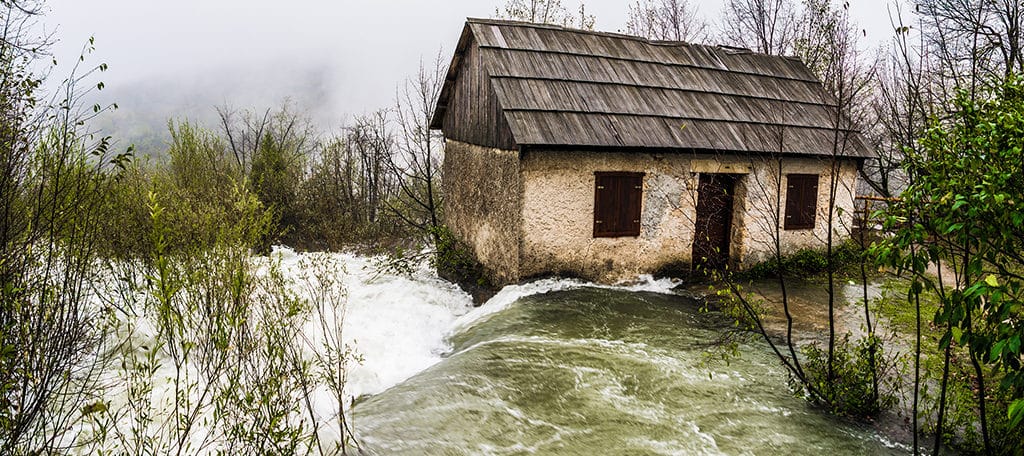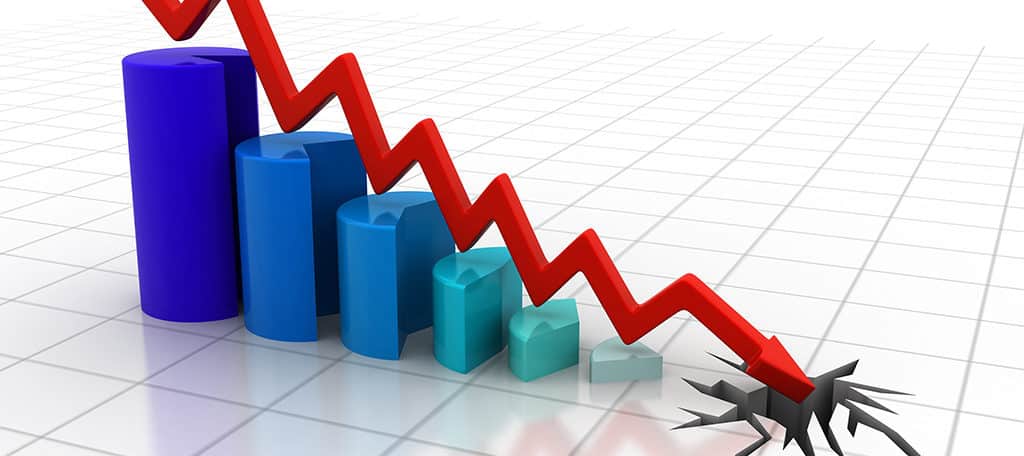
Complacency is easier than action, but according to experts at NASA, the Pentagon and the Department of Agriculture, complacency is no longer an option in regard to climate change. The actual effects of a warming planet are already validating some of the scientific community’s direst forecasts. With Earth Day quickly approaching on April 22, we should make 2016 the year for confronting manmade climate change head on.
Only decisive action can slow the trajectory that is speeding us toward a world we no longer recognize. In a previous article, we discussed the 5 environmental facts that will change the way you think about going green. Several compelling reasons urge immediate action to rewrite the forecasts for climate change 2016 into a mandate for climate recovery.
1. Crucial Fact: Climate Change is an Imminent Security Threat

The Pentagon has identified some worrisome security issues that could develop into worldwide conflicts. Flooding, droughts and severe storms already threaten the political stability of poorer countries with weak leadership, according to a 2015 Defense Department report. The report specifically cites the rising of sea levels, climate shifts and intense weather events as top threats to fragile governments.
As a result, the Pentagon is prioritizing climate change in its overall global security strategy. In addition to monitoring conditions within the U.S., it is also closely observing the most vulnerable regions, including the Middle East, Africa, and Asia, for signs of stress. This official change of focus serves as a call to action for all of us to be on the alert.
2. Crucial Fact: Food Sources Are at Risk

Warming temperatures are already affecting the world’s food supply. NASA identifies imminent threats to agriculture by U.S. region:
- Northwest: Increasing acidity in the Pacific Ocean threatens fish and seafood resources while insect outbreaks and wildfires threaten forests and agriculture.
- Northeast: Rising temperatures, heavy rainfall and sea level increases are putting agriculture and fisheries at risk.
- Southwest: Drought and insect infestations threaten water supplies and agriculture. Declines in crop yields are ongoing.
- Southeast: Extreme heat is affecting agriculture. Rising sea levels threaten human habitation.
- Midwest: Droughts, extreme temperatures and flooding are already putting staple crops, forests and the Great Lakes ecosystem at risk.
A recent Department of Agriculture study reveals that climate change is threatening our food security. Global warming directly affects food production, processing, packaging, storage, transportation and consumption. Disruption of these processes leads to the supply problems and price increases we are already seeing.
The report does acknowledge the U.S. food supplies are likely to benefit from warmer growing conditions in the short term. In the coming decades, however, the shortfalls in global yields will affect everyone. Poorer regions will be least likely to adapt and most likely to suffer serious consequences.
Climate change also puts farm animals at risk, including chickens, dairy cows and livestock raised for meat. To reverse the process and secure the future food supplies for our children and grandchildren, we cannot wait any longer to act.
3. Crucial Fact: Water is Already Getting Scarce

The most dramatic examples of water scarcity in the U.S. are the indisputable diminishment of rivers and lakes. The Colorado River Basin, which supplies water to millions in Arizona, Nevada, Utah, New Mexico, Wyoming, California and Mexico, is becoming depleted. Lake Mead, a huge reservoir within the basin, may completely disappear within the next decade. The situation is so dire that the authorities spent $817 million to build a tunnel beneath Lake Mead to catch the last drops of water.
More than one billion people across the globe already lack access to fresh water. Climate change 2016 promises the scarcity of this essential resource will only grow worse. This means more people will be drinking water contaminated with waterborne diseases like giardia and typhoid fever. Without water for irrigation, food crops will dwindle. We have to take measures now to preserve the world’s fresh water resources. The stopwatch has started, and time is short.
4. Crucial Fact: Our Homes and Communities Are at Risk

The predicted rise in global sea levels due to human-caused climate change is far greater than any natural fluxes we have seen throughout history. The water line could be as much as two meters higher by the end of this century, according to the Department of Defense. Shorelines will change due to new tidal patterns and extreme storm erosion. Infusions of salt water are likely to contaminate fresh water aquifers, lakes and streams.
Mass migration inland will change the lifestyles of those displaced and those who already live in inland communities. Crowded conditions will strain the resources of municipal governments, law enforcement and food supplies.
Rising seas are the direct result of global warming. Both melting glaciers and thermal expansion of the water due to warmer temperatures are the primary drivers. Immediate action to reduce greenhouse gas (GHG) emissions from industry, energy generation and transportation is critical.
5. Crucial Fact: The Economy is at Stake

In a capitalist society like the U.S., the bottom line is typically the most compelling. When it comes to climate change, the bottom line is a deficit. An article in “Time” magazine states that the continued progress of global warming stands to wreak havoc on the world’s economy. Citing a recent data published in “Nature,” the article contends that at the current rate, global GDP – gross domestic product, a key economic indicator – could fall by a quarter by the end of the 21st century. Over the long-term, governments that aren’t addressing climate change are losing far more than it would cost to reduce GHG emissions from now on.
Conclusion
At the United Nations Climate Change Summit in Paris at the end of 2015, the world agreed that the logical time to address climate change is right now. The imminent issues of security, food, habitation, water and economy demand immediate and decisive action. We need to do our part in mitigating the causes of climate change 2016 for the sake of our future survival.

